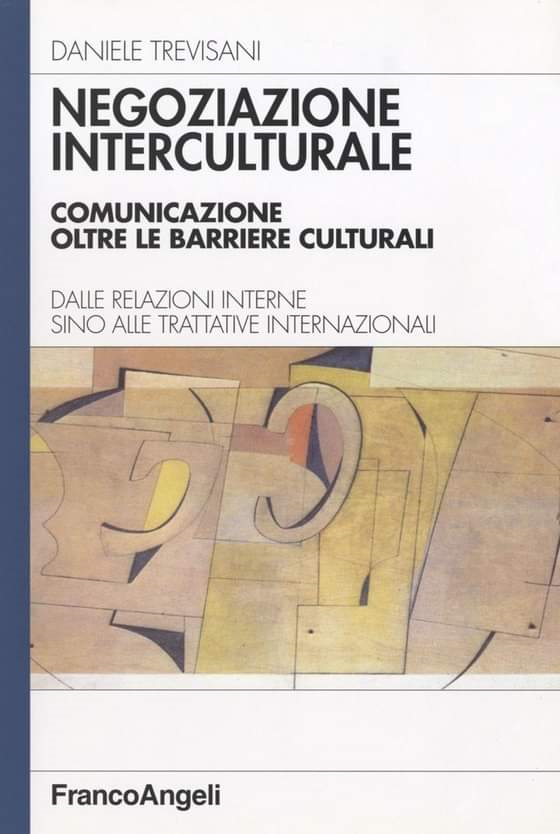Article written by Ginevra Bighini, www.interculturalnegotiation.wordpress.com; mentoring by Dr. Daniele Trevisani, www.studiotrevisani.com
__________
Being Italian in Japan is not always easy. There are many things so totally different from our own world, that we usually need time to adapt to everything, but when it is time to negotiate, time may not be enough. For this reason, knowing how Japan sees us is very useful.
Let’s start with the image Japanese have of Italy. As you all well know, Italy is famous for mainly 3 things:
- Food
- Art (music included)
- Fashion
In Japan, if you ask someone on the street about Italy, the first thing he/she will talk to you about is probably food, like Pizza and Pasta. They are also interested in music, Opera Music in particular, and fashion. Some of them come to Italy to study cooking, design or opera singing and then they come back to Japan to open, for example, Italian restaurants, that are very popular all over the country.
Another important issue that I would like to mention concerns the way in which this image was built and who helped these ideas of Italy grow in the minds of all Japanese.
The person responsible for this is Girolamo Panzetta, a 50-year-old Italian, who decided to take advantage of the Italian stereotype in Japan to make lots of money. He is now a star in Japan, thanks to his lessons of elegance and manliness.
We have to thankhim if Japanese see us, on one hand as carefree womanizers, and on the other hand as original and cheerful people.
So, we can summarize Italians’ pros and cons from a Japanese perspective, as follows:
- happy-go-lucky
- friendly
- cheerful
- fashionable
- original
- disorganized
- unreliable
- careless
- sloppy
Now that we have a general idea of what Japanese think of us, it is time to understand if all these adjectives can be a strength or a weakness during a negotiation. I don’t believe that being cheerful, original or fashionable can become a disadvantage in a negotiation, but maybe being considered unreliable, sloppy and careless can become a bother.
The real strategy here is to convert a disadvantage in advantage. How? By working on first impressions.
If we are aware that a Japanese can have some prejudices about us, because we are part of the Italian culture, then we must work very hard to demonstrate the opposite. For example, in order to destroy the image of a carefree and disorganized Italian, we can take part of all their meetings with a perfectly prepared documentation, focused and always on the ball.
While overcoming these unfavourable stereotypes, we must strengthen the favourable ones. We must be kind, friendly, finding the most original solution to their problems, never stop smiling warmly.
Japanese love Italy, but depending only on this love and admiration won’t work. To achieve success in an intercultural negotiation, where stereotypes and prejudices are what define us before, and sometimes also after, the first meeting, we need to be prepared.
Being prepared means understanding that we are different, while trying to reduce the gap between our own culture and the culture of our interlocutor. In order to do so, it is necessary to highlight our positive attributes and break all negative images they could have about us.
At the same time, it is fundamental to remember to learn more about the other culture, so as to destroy and rebuild our opinion of it. We cannot possibly think to create a cooperative dialogue if we do not start that same dialogue with an open mind.
Cultural respect and cultural diversity awareness will always be the basis of an healthy and everlasting business relationship.

Article written by Ginevra Bighini, www.interculturalnegotiation.wordpress.com; mentoring by Dr. Daniele Trevisani, www.studiotrevisani.com
__________






